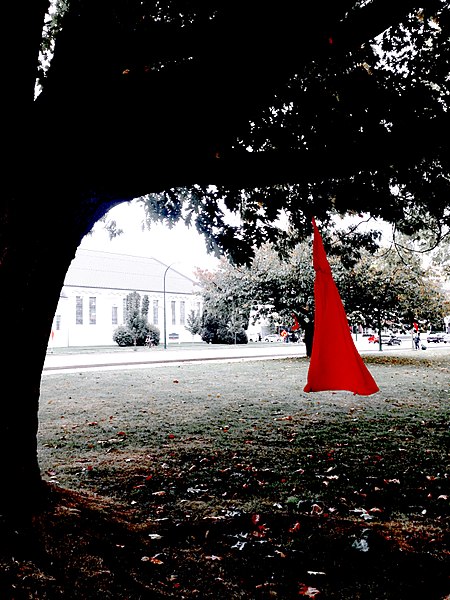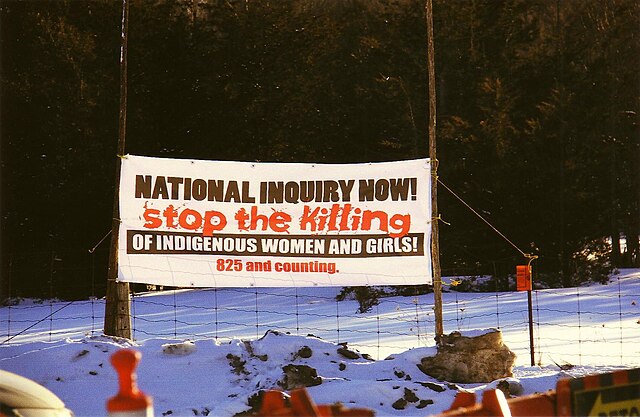Shirley Ann Soosay, formerly known as Kern County Jane Doe, is a formerly unidentified decedent found in an almond orchard in Delano, California on 14 July 1980. A member of the Samson Cree Nation, Soosay grew up in Hobbema, in Alberta. For most of her adult life, Soosay lived in Edmonton and then later Vancouver, though she remained in regular contact with her family until 1979, when cards from her stopped coming. The last time she had been seen in person by her family, Shirley had given indication that she might visit Seattle, and so beginning in 1980, Shirley's niece Violet Soosay-Wolf began to search Seattle and British Columbia for Shirley. On 14 July 1980, Soosay's body was found deep into an almond orchard in Delano. Soosay had been raped and stabbed 29 times before being dumped at the site. Local police investigation into the victim's identity included following leads from her autopsy and opening tip lines to the public, but local authorities were unable to make significant progress. In 2012, DNA analysis of another unidentified woman who was murdered in Ventura County, California several days after Soosay's murder showed the crimes to be committed by the same perpetrator. In 2018, though both victims remained unidentified, Wilson Chouest was convicted of both murders. In 2018, investigators from Kern County reached out to the DNA Doe Project (DDP) for assistance identifying their victim. In February 2020, DDP volunteers were unable to proceed genealogical investigation because of a lack of Indigenous DNA in DNA databases. The DDP made a Facebook post appealing for help, which was quickly seen by Violet Soosay-Wolf. Soosay-Wolf submitted her DNA for comparison, and in February 2020 Kern County Jane Doe was confirmed as Shirley Soosay. Soosay's case is held up as one of the earliest examples of unidentified Indigenous North American remains to be identified through investigative genetic genealogy.

Photo of Soosay taken at an unknown date before her death
Mugshot of Chouest from his conviction of the murders of Soosay and the Ventura County victim
Facial reconstruction of Soosay by Carl Koppelman
Image: Kern County Jane Doe Tattoo
Missing and Murdered Indigenous Women
Missing and Murdered Indigenous Women (MMIW) also known as Missing and Murdered Indigenous Women and Girls (MMIWG) and more broadly as Missing and Murdered Indigenous Relatives (MMIR) or Missing and Murdered Indigenous People (MMIP) is a human rights crisis of violence against Indigenous women in Canada and the United States,notably those in the FNIM and Native American communities, but also amongst other Indigenous peoples such as in Australia and New Zealand, and the grassroots movement to raise awareness of MMIW through organizing marches; building databases of the missing; holding local community, city council, and tribal council meetings; and conducting domestic violence trainings and other informational sessions for police.
Art installation inspired by The REDress Project (Vancouver, Canada, National Day for Vigils for MMIW, 2016)
Sign displayed at a protest held on March 4, 2014, on the Tyendinaga Mohawk Territory, Ontario
Activists for Missing and Murdered Indigenous Women (MMIW) at the 2018 Women's March in San Francisco
City Council member Juarez supporting MMIWG, in Seattle, Washington, 2019








